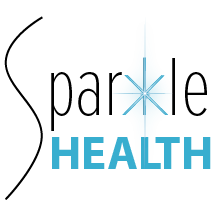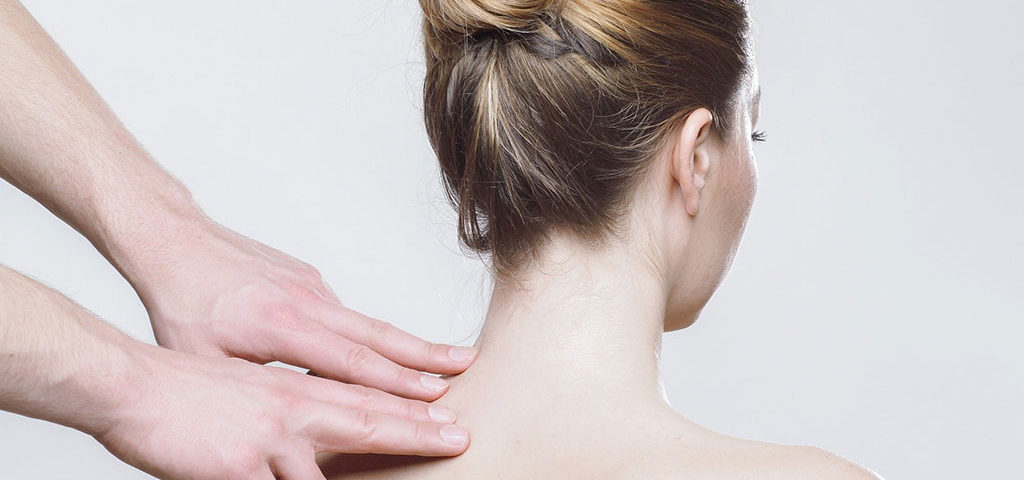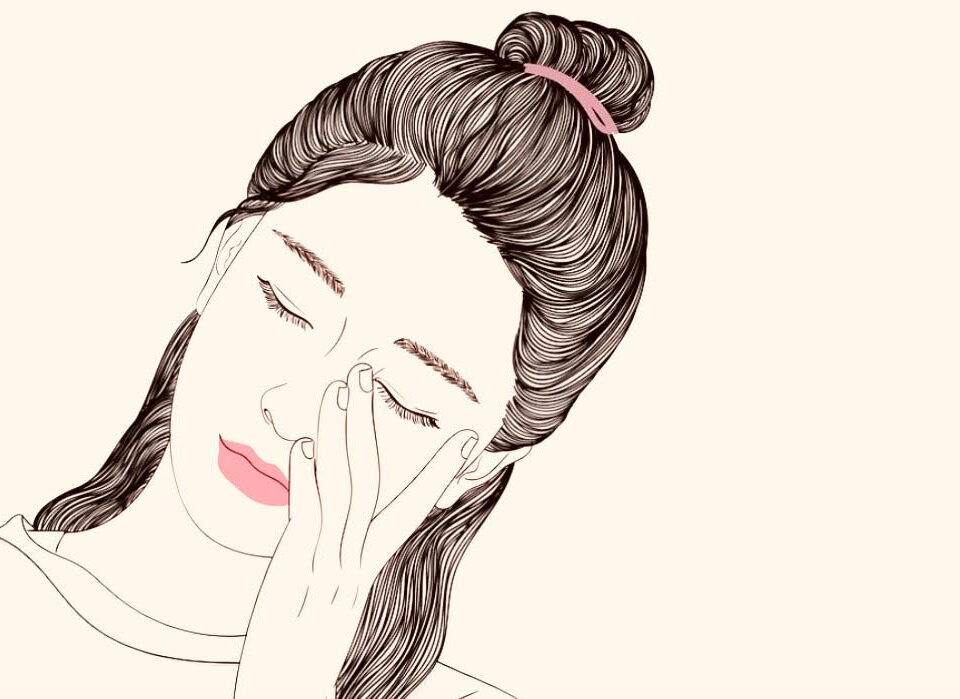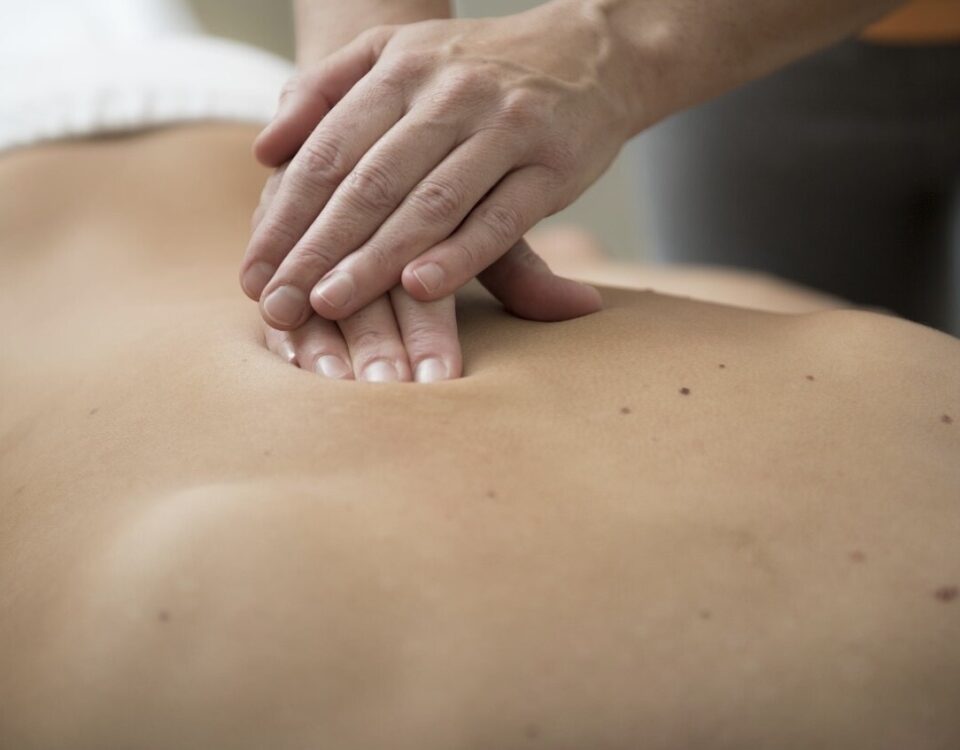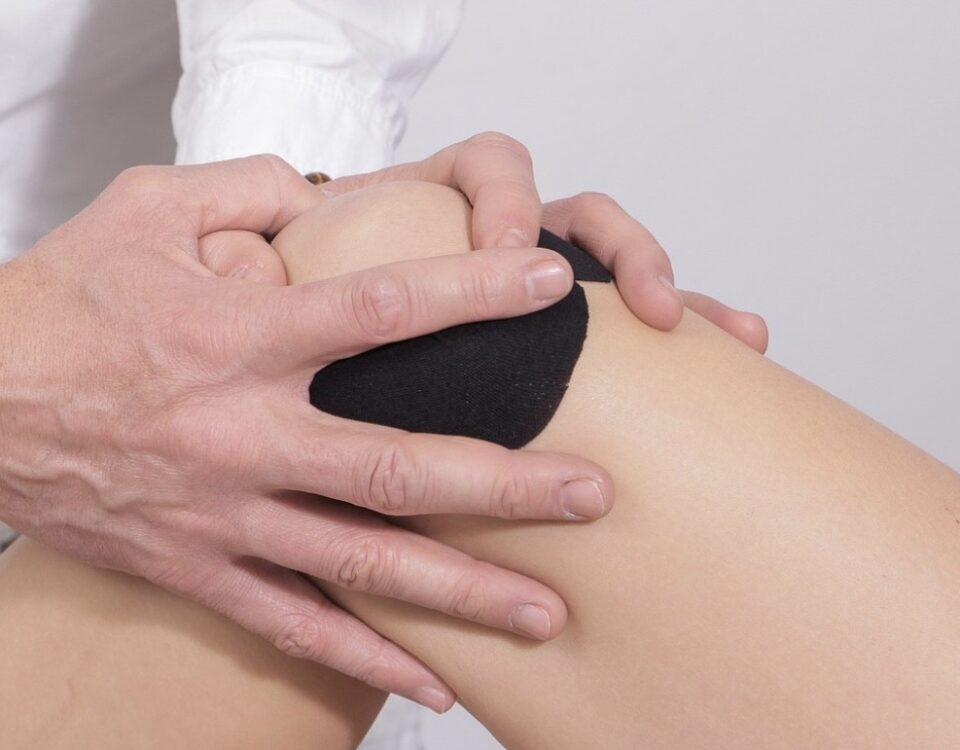Styles and Benefits of Massage
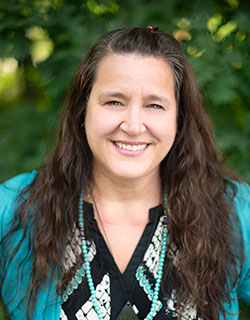
What is Massage Therapy?
According to the Mayo Clinic, Massage is a general term for pressing, rubbing, and manipulating your skin, muscles, tendons and ligaments. Massage may range from light stroking to deep pressure. There are many different types of massage, including these common types:
Swedish massage. This is a gentle form of massage that uses long strokes, kneading, deep circular movements, vibration and tapping. It helps you feel relaxed and energized.
Deep massage. This massage technique uses slower, more-forceful strokes to target the deeper layers of muscle and connective tissue. It’s commonly used to help with muscle damage from injuries.
Sports massage. This is like Swedish massage, but it’s geared toward people involved in sport activities to help prevent or treat injuries.
Trigger point massage. This massage focuses on areas of tight muscle fibers that can form in your muscles after injuries or overuse.
There really is a massage technique that is perfect for everyone.
Have you ever wondered if you would find some benefit from Massage Therapy? Below is a list of 25 Reasons to get a Massage (according to the American Massage Therapy Association – AMTA). Any of these sound familiar?
No two massage sessions are the same at Sparkle Health. Each patient has specific needs, and therefore, each session is customized for the patient. Upon request, PEMF and Infrared Sauna can be added on to a Massage session to enhance your experience.
Link for more information:
https://www.mayoclinic.org/healthy-lifestyle/stress-management/in-depth/massage/art-20045743
Neuromuscular Technique
On to one of my favorites, the Neuromuscular technique (or NMT for short)!
This technique is new to just about everyone that has booked time with me for a massage. It quickly became my favorite because of its effectiveness on the body. Like Swedish and other forms of massage, Neuromuscular technique is a form of hands-on soft-tissue manipulation, aimed at bringing about more beneficial health states (aiding the body in healing itself). But unlike other forms of massage techniques, this works with your Nervous System and your Muscular systems. Most massages and massage techniques have a primary effect on the Circulatory system.
Put simply, you will feel very relaxed after an NMT session. Your nervous system will be in balance, and you will feel GREAT. Muscles will have less tension and when I combine other modalities, any “knots” you may have coming in will not be going home with you, that’s for sure.
I know it sounds too good to be true, but I encourage you to give it a try. It really is as effective as it sounds.
Want more info? A little background & information about NMT:
Neuromuscular therapy techniques emerged in both Europe and North America almost simultaneously over the last 50 years. The European version of NMT (where ‘T’ stands for technique, unlike the US version where it stands for therapy) was first developed by Stanley Lief, ND, DO, DC and Boris Chaitow, ND, DC, between the mid-1930s and early 1940. I practice the European version here at Sparkle Health.
Neuromuscular techniques (NMT) focus on the assessment and treatment of myofascial trigger points using thumb/finger applications on the abdomen, back, hips and IT band. The original goal of NMT was to make osteopathic and chiropractic adjustments easier and longer lasting. Additional results include postural balance (aids in bringing postural reintegration / alignment) as well as bringing balance to your sympathetic and parasympathetic nervous systems.
TRIGGER POINT THERAPY / DEEP TISSUE
Trigger Point therapy is a therapy that I use to help “work out your knots”.
What are Trigger Points?
Trigger points are defined as “a focus of hyperirritability in a tissue that, when compressed, is locally tender and, if sufficiently hypersensitive, gives rise to referred pain and tenderness.”
In other words: a trigger point is believed to be a localized spasm or knot in the muscle fiber that may cause pain to be referred to other, more distant parts of the body.
How are Trigger points created?
Trigger points are created when the muscles get overloaded. When the muscles get overloaded, chemical reactions are started that cause some of the fibers of your muscles to contract. Those contractions in the muscle creates tension, which eventually evolve into what is called a “trigger point”.
In the treatment room, I have a chart that we can review together to determine if Trigger point therapy would be best for you. I do use this therapy in most sessions, but I use it very strategically. Trigger Point therapy can be painful at times. I will always work within your limits.
Check out this quick video that explains how we will use these charts during your session at Sparkle.

Deep Tissue massage
Deep Tissue massage can be for a full massage or combined with other techniques, and typically is done VERY SLOWLY. Don’t be afraid of trying out deeper pressure. When performed correctly, this technique gets into deeper levels of muscle and connective tissue and can be very helpful when you are recovering from an injury. For many of my clients, it also has been helpful to break up knots, adhesion and scar tissues and can help with healing for pain, stiffness, injuries and fatigue.
When I use my body mechanics to my advantage, the pressure can get pretty deep. I always keep in mind that some parts of the body can handle deeper pressure better than others and that everyone has a different definition of “deep tissue” massage. I will give you instructions to use your breath to help while we are doing deep tissue, and yes, those deep breaths really DO help. During this massage, don’t be surprised if I use not only my hands, but my knuckles, forearms and elbows often are used as well. I take a similar approach to deep tissue as I do to trigger point and I will stay within your limits.
At the end of your deep tissue massage, you will feel very relaxed, and often “lighter”. There is a logical reason behind that, this technique tends to help your body release oxytocin hormones (the ones that make you feel happy). It often helps reduce your stress levels and don’t be surprised if you see improved sleep the night following your massage.
A perfect finish to a deeper tissue massage is our Infrared sauna and a warm shower. All that nice warm heat? You will just melt.

MASSAGE WITH CUPPING
Cupping Therapy, commonly known as “cupping”, has been around for thousands of years, but it’s true origin is still unknown. The earliest documentation of it was in Middle Eastern, Egyptian and Chinese practices, dating back to 1550 BC! Most people 1st heard of cupping when Michael Phelps showed up at the 2016 Olympics in Rio covered in cupping marks.
How does Massage with Cupping work?
Cups are applied to your skin by squeezing them and pressing to the skin. Once I release the cup, that will bring your skin, fascia layer and muscles into a negative suction up into the cup. Once the suction is in place, I move the cups along the muscle fibers or across the muscle fibers. With either of those actions, the muscle softens very quickly, and most people can feel a difference with just a few strokes with the cups. If it sounds too good to be true, you really need to try it.
There are many forms of cupping, I practice with silicone cups, and I am very conservative with my use of them. I practice dynamic cupping, meaning I consistently move the cups around. By keeping the cups in motion on your body, I rarely leave “cupping marks” on your body. Cupping marks are typically left on the body when the cup remains stationary for a period of time (3-5+ minutes). These cups are not only easy for you as the client to tolerate, but I have found them to be extremely effective in relieving some of the tougher “knots”. On the off chance I leave a slight mark, it will typically fade within a day or two.
Before your massage session starts, we will go through a short intake session where I will review what issues you would like worked on during the session. If I will be recommending cupping for you, this is when I will do it and after a review of your health history, we may decide that cupping would work for that session. I have never used cupping during an entire massage session. Rather, during a treatment, I pull a cup out to use if I find a knot that is particularly snarly. I find that using cups in this situation is easier on your body and it gives you the same therapeutic effects that deep tissue or trigger point will. If you have a request to use cupping during a certain point in your massage, I am more than happy to (provided it is safe to do so).
Have you ever considered trying cupping? Ask for a demo the next time you are in the office; I love to show them off!

HIMALAYAN SALT STONE MASSAGE
This type of massage integrates the philosophies of Eastern medicine, Swedish massage, thermal/heat therapy, and healing salt to create a rejuvenating experience.
Our stones are 100% pure Himalayan pink salt, rich in over 80 naturally occurring #minerals and elements. The stones are warmed, then applied directly to the skin as an extension of your therapist’s hands.
Possible Benefits
- Better circulation
- Reduced inflammation
- Improved sleep
- Feelings of deep relaxation
- An overall sense of well-being
Transform your next treatment into a therapeutic massage experience with Himalayan Salt Stones. We promise you’ll love it!
Thank you for your interest in learning more about some of the massage offerings we have here @ Sparkle Health. My goal was to share some of the specifics about the offerings here, hopefully, some of them piqued your interest.
I hope to see you soon for an appointment. I would love to be able to help with your health goals.
